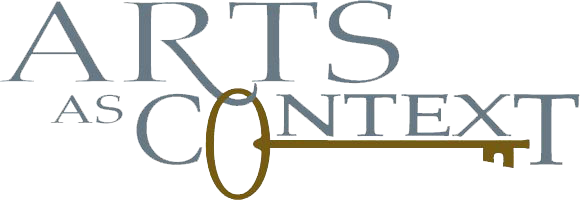Content doesn’t matter as much as context. Without context, content is meaningless.
Ed Gordon, Summer 2006

-
Save
My vision of what the arts could be in the world of early childhood and elementary education changed dramatically in the summer of 2006 when I attended a workshop on Edwin Gordon’s Music Learning Theory. This change of vision might have been an epiphany or a paradigm shift or a moment of aesthetic insight, but whatever it was, it changed the way I see all of the arts, education as an enterprise, and myself as a musician and a teacher. In sum, I could never go back to the way things were and are.

-
Save
It was the third morning of the seven-day workshop and Dr. Gordon was continuing his lectures on the essence of his learning theory. To give you some background, Gordon was not cut from the same pattern of music educators that most teachers are. He continually pushed music education forward through his research, and, more importantly, through his ideas about how we learn to be musical.
One of these ideas, the one with which most college and conservatory educated music teachers struggle is the notion that reading music, while important, is not as important as listening. You can imagine a room full of music teachers questioning an idea that contradicts almost everything they’ve been taught and believe. After some heated debate, Gordon’s concluding remark was this, “Content doesn’t matter as much as context. Without context, content is meaningless.”
This simple and elegant truth, one I had known about, intuitively, since early childhood, became my mantra.
Virtually everything can be introduced and taught from the context of the arts. From the context of the arts, there is math, there is science, there is history, and there is more. The arts aren’t something to be added at the end of learning, something to occupy children’s idle hands. They are the things that initiate wonder, joy, and awe. They are the fodder that fuels children’s desire to find answers.
A finished artistic product is not the end; rather, it beckons us to begin an intelligent conversation.
Mark E. Turner, 2007
Art, whether plastic or performance, communicates. It communicates through emotional and aesthetic responses. The Oxford Dictionary “producing works to be appreciated primarily for their beauty or emotional power.”
Historically, art has been defined by
Webster: the conscious use of skill and creative imagination especially in the production of aesthetic objects: something that is created with imagination and skill and that is beautiful or that expresses important ideas or feelings.